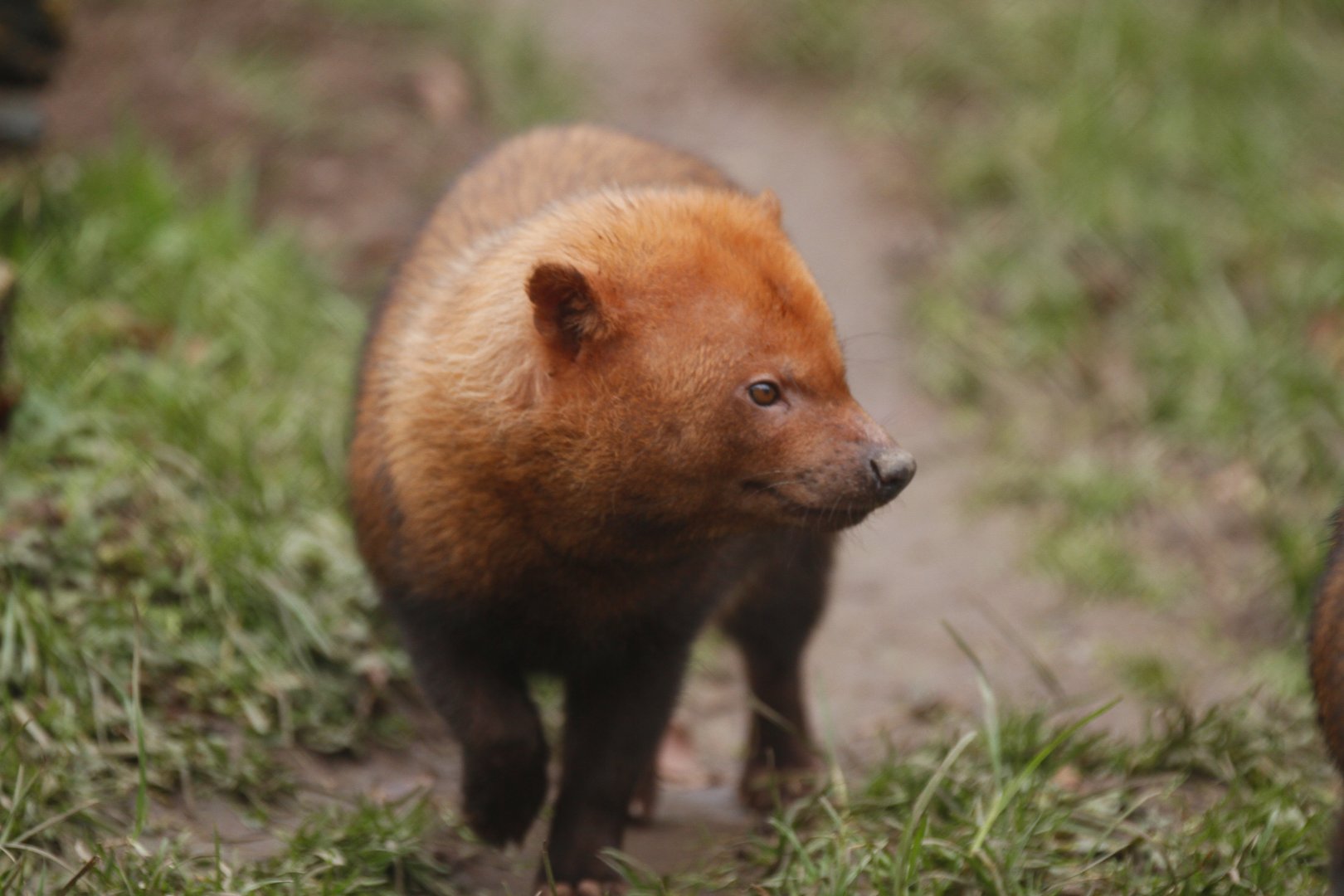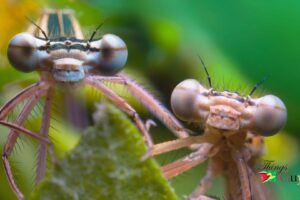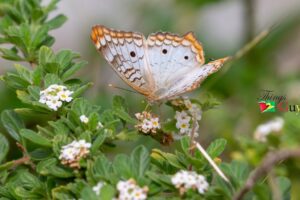The bush dog is also called savannah dog and it is a small, stocky carnivore of the family Canidae found in the forests and savannas of Central and South America. In spite of its extensive range, it is very rare in most areas except in Suriname, Guyana and Peru; it was first identified by Peter Wilhelm Lund from fossils in Brazilian caves and was believed to be extinct. Interestingly, the bush dog is the only living species in the genus Speothos, and genetic evidence suggests that its closest living relative is the maned wolf of central South America or the African wild dog. The species is listed as Near Threatened by the IUCN.
Features Of The Bush Dog
- Teeth – The teeth are adapted for its carnivorous habits. Uniquely for an American canid, the dental formula is for a total of 38 teeth. This dog is one of three canid species (the other two being the dhole and the African wild dog) with trenchant heel dentition, having a single cusp on the talonid of the lower carnassial tooth that increases the cutting blade length.
- Teat & Scent Glands – Females have four pairs of teats and both sexes have large scent glands on either side of the anus.
- Fur – Adult bush dogs have soft long brownish-tan fur, with a lighter reddish tinge on the head, neck and back and a bushy tail, while the underside is dark, sometimes with a lighter throat patch. Younger individuals, however, have black fur over their entire bodies.
- Length & Height – Adults typically have a head-body length of 57–75 cm (22–30 in), with a 12.5–15 cm (5–6 in) tail. They have a shoulder height of 20–30 cm (8–12 in) and weigh 5–8 kg (11–18 lb).
- Legs & Toes – They have short legs relative to their body, as well as a short snout and relatively small ears. They also have partially webbed toes, which allow them to swim more efficiently.
Did You Know? In Brazil it is called cachorro-vinagre (“vinegar dog”) or cachorro-do-mato (“bush dog”). In Spanish-speaking countries it is called perro vinagre (“vinegar dog”), zorro vinagre (“vinegar fox”), perro de agua (“water dog”), or perro de monte (“mountain dog”).
Scientific Classification Of The Bush Dog
Bush Dog – Speothos venaticus [Scientific name]
- Kingdom: Animalia
- Phylum: Chordata
- Class: Mammalia
- Order: Carnivora
- Family: Canidae
- Genus: Speothos
- Species: S. venaticus
There are three recognized subspecies:
- The South American bush dog (Speothos venaticus venaticus) – southern Colombia and Venezuela, the Guyanas, most of Brazil, eastern Ecuador and Peru, Bolivia, northern Paraguay
- The Panamanian bush dog (Speothos venaticus panamensis) – Panama, northern Colombia and Venezuela, western Ecuador
- The Southern bush dog (Speothos venaticus wingei) – southern Brazil and Paraguay, extreme northeastern Argentina.
Reproduction Of The Bush Dog
Bush dogs mate throughout the year; oestrus lasts up to twelve days and occurs every 15 to 44 days. Like many other canids, bush dog mating includes a copulatory tie, during which the animals are locked together. Urine-marking plays a significant role in their pre-copulatory behavior. Gestation lasts from 65 to 83 days and normally results in the birth of a litter of three to six pups, although larger litters of up to 10 have been reported.
Young: The young are born blind and helpless and initially weigh 125 to 190 grams (4.4 to 6.7 oz). The eyes open after 14 to 19 days and the pups first emerge from the nativity den shortly thereafter. The young are weaned at around four weeks and reach sexual maturity at one year. They can live for up to 10 years in captivity.
Habitat Of The Bush Dog
Bush dogs are found from Costa Rica in Central America and through much of South America (in Guyana) east of the Andes, as far south as central Bolivia, Paraguay and southern Brazil. They primarily inhabit lowland forests up to 1,900 metres (6,200 ft) elevation, wet savannas and other habitats near rivers, but may also be found in drier cerrado and open pasture. They are diurnal, inhabiting a den (burrow or hollow tree trunk) at night. They are semiaquatic and can “dive and swim underwater with great facility.”
Ten Interesting Facts About The Bush Dog
- Bush dogs are carnivores and hunt during the day. Their typical prey are pacas, agouti and capybaras, all large rodents.
- Although they can hunt alone, bush dogs are usually found in small packs.
- The dogs can bring down much larger prey, including peccaries and rheas, and a pack of six dogs has even been reported hunting a 250 kg (550 lb) tapir.
- When hunting paca, part of the pack chases it on land and part wait for it in the water, where it often retreats.
- Bush dogs appear to be the most gregarious South American canid species.
- They use hollow logs and cavities such as armadillo burrows for shelter.
- Packs consist of a single mated pair and their immediate relations, and have a home range of 3.8 to 10 square kilometres (1.5 to 3.9 sq mi).
- Only the adult pair breed, while the other members of the pack are subordinate, and help with rearing and guarding any pups.
- Packmates keep in contact with frequent whines, perhaps because visibility is poor in the undergrowth where they typically hunt.
- While eating large prey, parents position themselves at either ends of the animal, making it easier for the pups to disembowel it.
Watch This: Bush Dog
Bush Dog In Guyana
For those who have not heard about the bush dog in Guyana, after reading this article you would now be familiar with this furry fellow that closely resembles your dog at home or one you have seen around. You may recall that they are small and low-slung. Their head is paler than their body; the tail is very short, often held upright. The front feet are broad with partial webbing between the toes. Yes, it is an odd-looking dog unlikely to be confused with other species.
Article References:
- https://iwokrama.org/mammals/guides/carn3.html
- https://en.wikipedia.org/wiki/Bush_dog
- https://www.britannica.com/animal/bush-dog
- https://animaldiversity.org/accounts/Speothos_venaticus/







